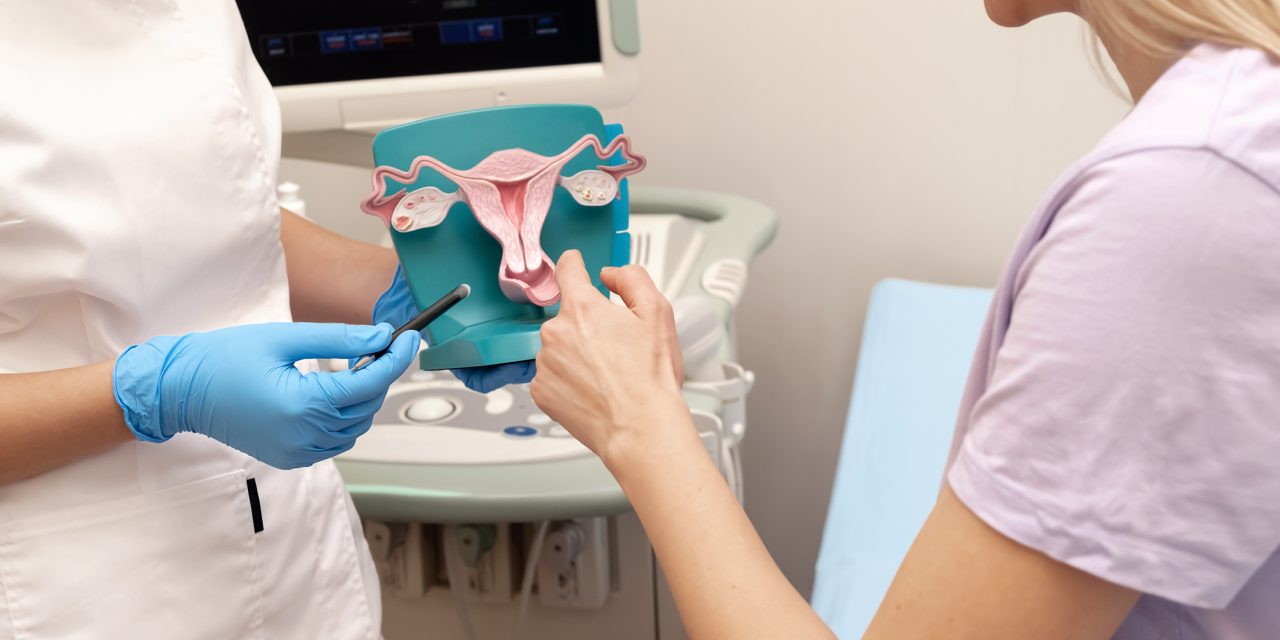Knowledge of the fundamental properties of the urinary bladder is required to better understand its pathological conditions. Research on the passive and active properties of the bladder during stretching and contraction is important. The bladder is not passive during the filling phase. Spontaneous contractions are observed as variations in pressure, which are mostly related to urgency and/or incontinence and sometimes to pelvic pain. The purpose of this study was to describe distributed spontaneous contractions and micromotions (MMs), which besides being related to symptoms, are crucial in the physiological process of accommodation, and to express accommodation in a concept.
After describing MMs in the bladder wall as the type of spontaneous activity that may not be reflected in detrusor pressure and as a source of afferent nerve activity, its biomechanical effects are considered. In a simple mechanical model, contractions and elongations are related to the plastic elongated state of the bladder. The changing distributed character of contractions and elongations in the bladder wall is represented in a modular scheme.
Distributed transient contractions and MMs yield a balanced dynamic plastic state of the regions of the bladder wall. An almost constant detrusor pressure can be attributed to the active accommodation of detrusor pressure to changes in bladder volume.
Localized contractile activity and MMs that change the plastic elongated state of varying bladder regions are biomechanically effective in the active accommodation of detrusor pressure to changes in bladder volume. According to this concept, autonomous bladder wall activity as a source of nerve activity, also is crucial for active accommodation.
Biomechanics of the urinary bladder: spontaneous contraction activity and micromotions related to accommodation.


